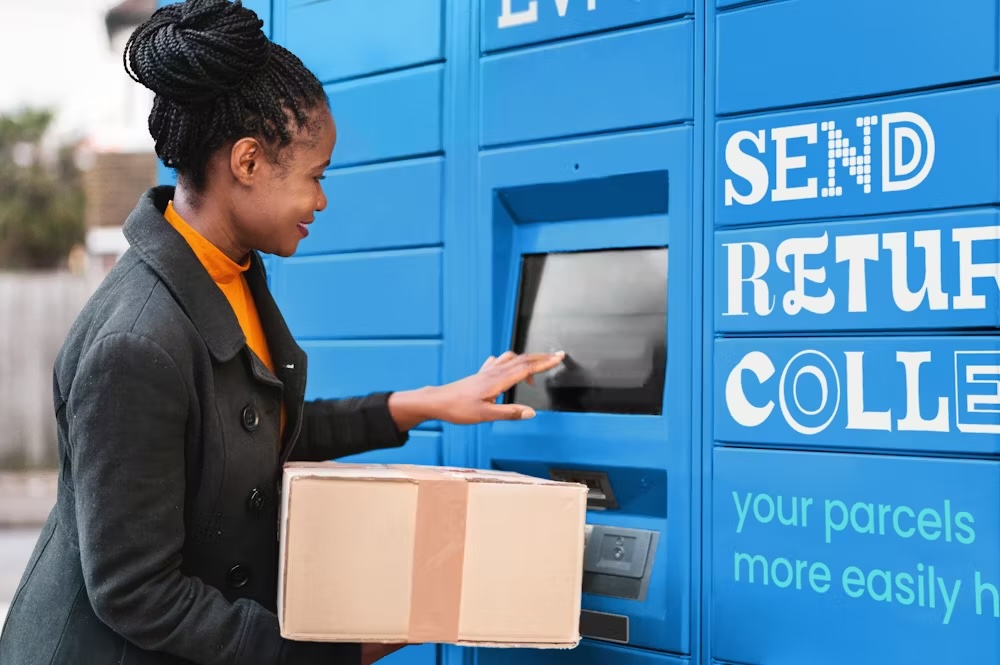Online sales of non-food products in the UK perked up in July after dropping to single figures in June, but in-store showed marked slow-down.
According to the latest British Retail Consortium (BRC)-KPMG online retail sales monitor, online non-food sales grew 11.2 % in July versus a year earlier. This is lower than the above trend growth of 14.7% seen in July 2015, but up from last month (9.0%) and in line with the 12-month average of 11.1%. Online sales continue to outperform total sales.
Over the 3 months to July, online sales of non-food products in the UK grew 11.1% year-on-year. Over the same period, store sales fell, posting growth of -1.0 % on a total basis and -1.3 % on a like-for-like basis – The pace of decline in store sales has slowed this month, but growth remains firmly in negative territory.
In July 2016, online sales represented 20.4 % of total Non-Food sales in the UK, against 19.4% in July 2015. While the Non-Food online penetration rate has remained above 20% for seven consecutive months, this is below the record 22.4% penetration seen in November last year.
Helen Dickinson OBE, Chief Executive, British Retail Consortium (BRC) explains: “Online (non-food) sales echoed the performance of total sales this month, with growth rising back to the 12 month average. The brief drop-off in online sales activity in the few days following the referendum turned out to be a blip as consumers, who had turned their attentions to browsing for details about the EU, quickly returned to spending online.”
She continues: “As with in-store sales, there was widespread promotional activity in July. That is usual for this time of year, although a number of retailers undertook longer and broader promotions as a result of the substantial accumulated stock resulting from a sluggish first half of 2016. We’ll have to watch and wait to see if the success of promotions spills over on to full price sales.”
Whilst there doesn’t appear to be much sign of the reported fall in consumer confidence feeding into sales, believes Dickinson, with the rapid and multi-faceted evolution of internet centred technology, customers are becoming increasingly savvy and expectant of low prices. Given the fierce competition in the market, retailers have little choice but to rise to the challenge.
David McCorquodale, Head of Retail, KPMG adds: “E-tills were ringing this July with overall non-food online sales up 11.2 per cent in the month. Women’s fashion and accessories performed positively compared to the slump in June as the July heatwave coupled with seasonal sales spurred summery purchases.”
Elsewhere, families took advantage of timely e-promotions boosting sales of outdoor toys so that the kids could make the most of the July heatwave, he says. “Sales of household appliances and furniture also surged as consumers purchased outdoor tables, chairs and barbecues to maximize the alfresco dining experience.”
However, despite this, penetration rates dipped slightly by 0.2 percentage point as more shoppers hit the high-street in the warmer weather, says McCorquodale.
“While online remains a key shopping avenue, retailers need to continue to ensure consistency of experience across all channels in order to maintain the attraction of both the virtual and physical aisles to their consumers.”
Nitin Rakesh, CEO and President of global IT solutions provider Syntel, meanwhile believes that what we are seeing is the impact of consumers demanding more personalised interaction.
“What is happening now is not just consumers seeking convenience when shopping, but a complete personalised experience that is catered to them. With the wealth of new data available, retailers have a chance to engage their shoppers by utilising a level of insight that has never before been possible.” he says.
“Retailers need back-office processes in place that can seamlessly connect and automate business critical activities. However, just like in other sectors, many retailers are burdened with outdated legacy systems which can lead to inefficient operations.
“The right IT operations and a smart automation strategy can reduce IT costs by 35 per cent and increase online sales by 54 per cent, as our work with retailers in the past has proven. Ultimately, retailers need to find a solution to engage their customers, in order to avoid what we call a ‘Digital Disconnect’.”








